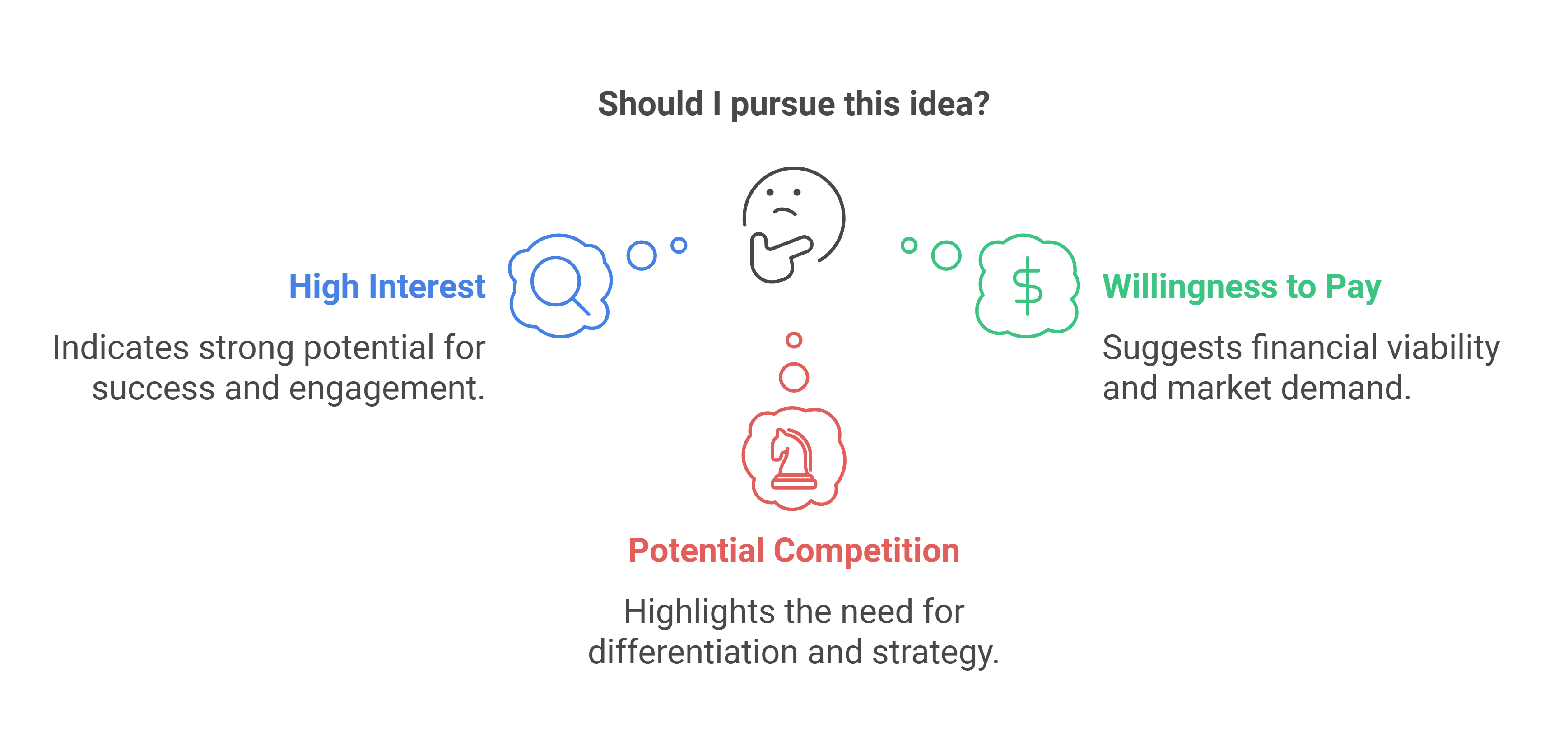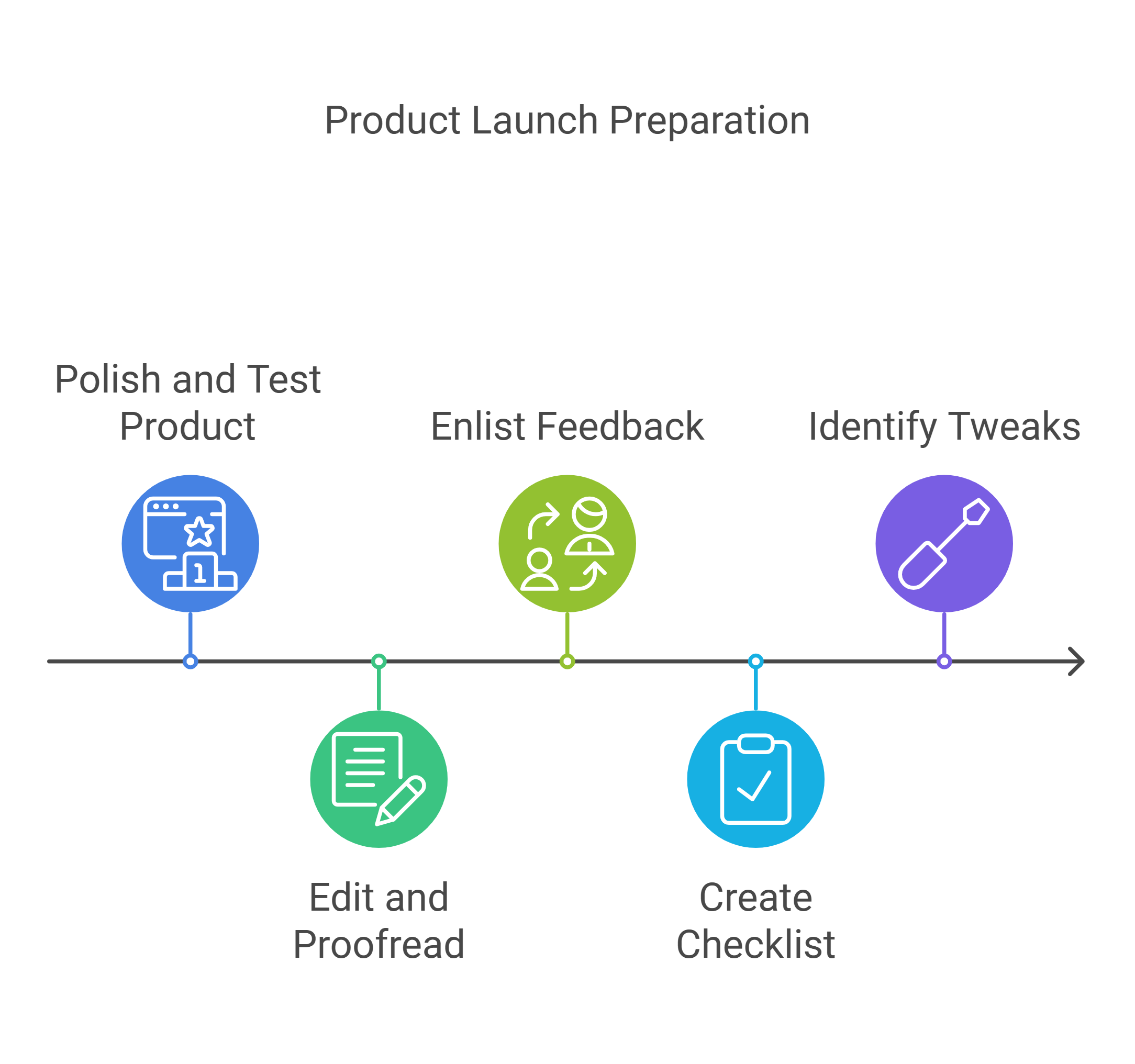Quick-Start Guide: From Idea to Digital Product in 7 Days
Your Path to Digital Product Success
Embarking on the journey from idea to digital product can seem daunting, but with the right plan, success is within reach. This guide is designed to help you transform your concept into a tangible product in just seven days. By following this structured approach, you'll gain the confidence and clarity needed to bring your vision to life.
To get started, you'll need a few essentials: a reliable computer, internet access, a dedicated workspace, and a commitment of at least two hours per day.
Most importantly, adopt a growth mindset, ready to learn and adapt as you progress. With these tools in hand, you're ready to begin your journey.

Day 1: Define Your Idea
The first step in your journey is to clearly define your idea.
Start by setting aside time for a brainstorming session. Use a worksheet to jot down all your thoughts, no matter how wild they may seem.
Consider prompts like: What problem does my idea solve? Who is my target audience? What makes my idea unique?
Once you've gathered your thoughts, refine them into a clear, marketable concept. Focus on the core elements that make your idea stand out.
This clarity will serve as the foundation for the rest of your product development process.
Day 2: Validate Your Idea
Validation is crucial to ensure your idea has potential in the market.
Begin by surveying potential customers or testing your concept with a small audience. Use social media platforms, forums, or email lists to gather feedback.
Create a simple decision matrix to evaluate the results. Consider factors like interest level, willingness to pay, and potential competition.
This analysis will help you determine if your idea is worth pursuing or if it needs further refinement.

Day 3: Plan Your Product
With a validated idea, it's time to plan your product. Create a one-page product plan that outlines key elements such as your target audience, key features, and unique value proposition.
This plan will serve as your roadmap, guiding you through the development process. Keep it concise and focused, ensuring it captures the essence of your product and its potential impact on your audience.
Day 4: Create a Prototype or Outline
Now, it's time to bring your product to life with a prototype or outline. Depending on your product type, this could mean writing an eBook outline, sketching a course layout, or drafting templates.
Focus on simplicity and avoid overcomplicating the process. Remember, this is a draft version, so it's okay if it's not perfect. The goal is to create a tangible representation of your idea that you can refine and build upon.
Day 5: Build or Finish the Product
With your prototype in hand, it's time to complete the first version of your product. Use tools like Canva for design, Notion for organization, or simple recording tools for audio or video content.
Set a deadline for yourself to maintain momentum and avoid getting stuck in the perfection trap. Remember, done is better than perfect, and you can always refine your product later.
Day 6: Polish and Test
Before launching, take time to polish and test your product. Use editing and proofreading tips to ensure your content is clear and error-free. Enlist the help of friends or colleagues to review your work and provide feedback.
Create a simple checklist for quality assurance, covering aspects like functionality, design, and user experience. This step will help you identify any last-minute tweaks needed before your product goes live.

Day 7: Launch and Gather Feedback
It's time to release your product to a small test audience. Choose a platform that aligns with your target market, such as a website, social media, or email list.
Include a feedback form template to gather insights for improvement. Encourage your audience to share their thoughts and experiences and use this feedback to refine your product further.
Next Step: Embrace Prolific Product Creation
Congratulations on completing your first digital product! To continue your journey, check out "Prolific Product Creation Mastery." This guide focuses on strategies for creating and selling digital products effectively, emphasizing the importance of consistency and volume over waiting for inspiration.
By adopting a prolific output mindset, you'll increase your chances of success and build a robust inventory of products. Remember, professionals get to work consistently, and with each new product, you'll strengthen your brand and connection with customers. Embrace relentless imperfect action and keep moving forward.